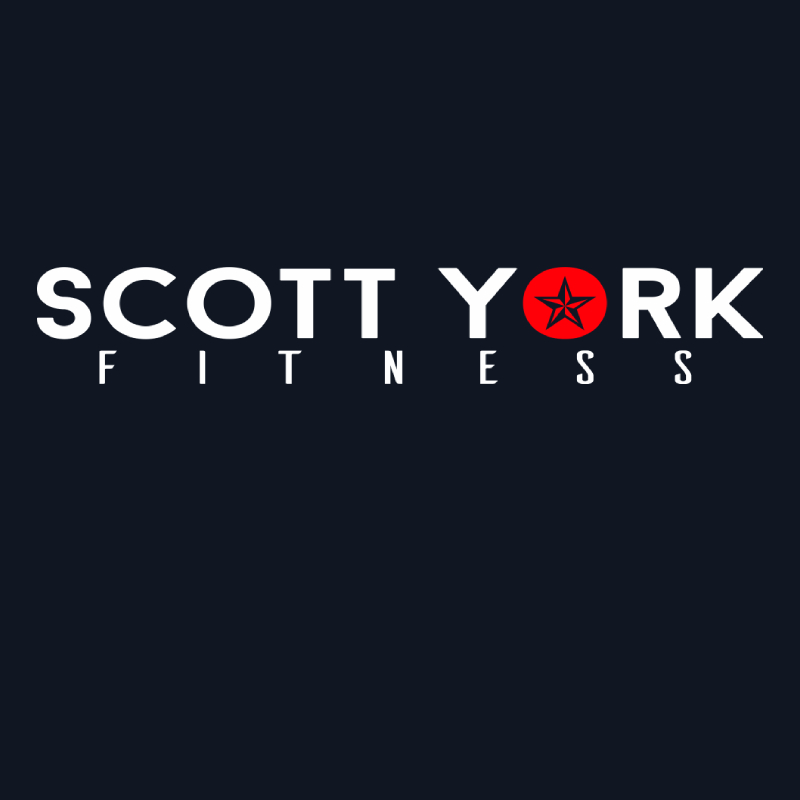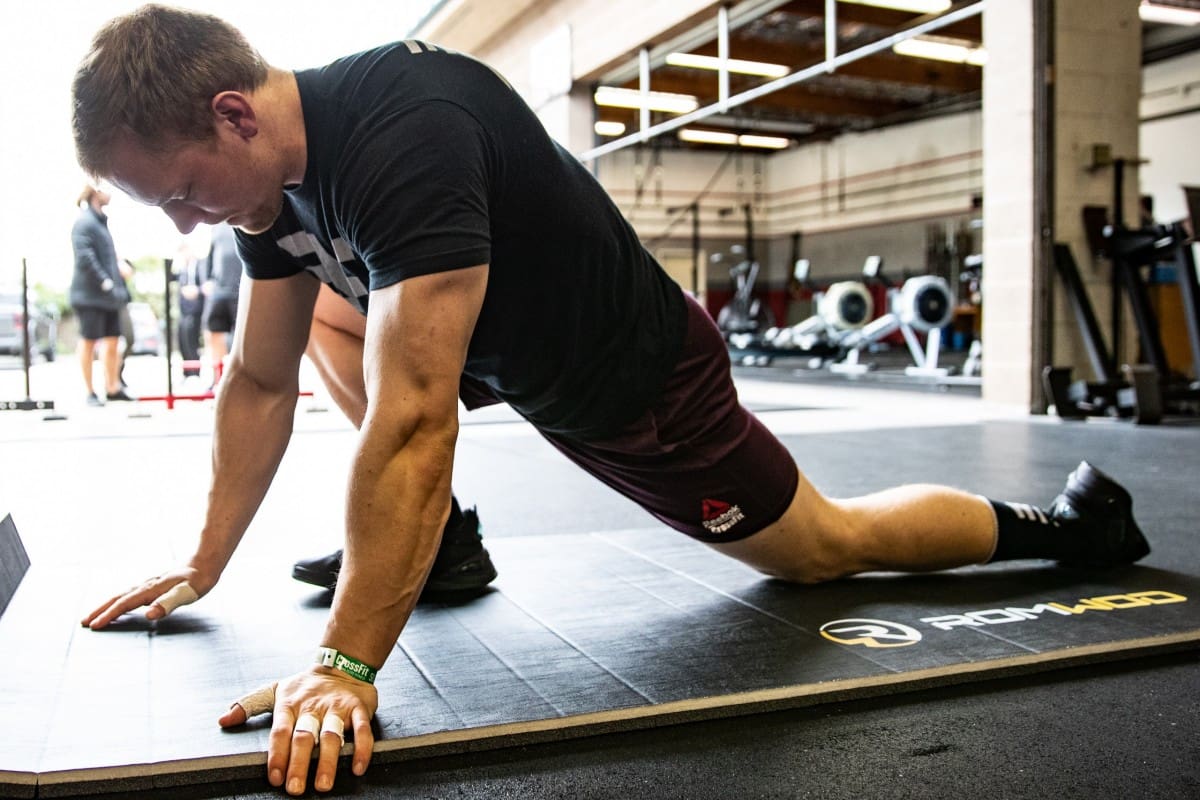Bodybuilding, Strength, and Flexibility
Bodybuilding and Flexibility: Breaking the Myth
One of the most persistent myths in sports coaching is that bodybuilding makes athletes stiff, immobile, and inflexible. For decades, the stereotype of the musclebound bodybuilder unable to scratch his own back has been passed around locker rooms and coaching clinics. But this outdated idea collapses under even a quick look at history, modern training practices, and real-world examples of bodybuilders and strength athletes who are not only strong and muscular, but remarkably supple.
A Legacy in Physical Culture
If we step back into the golden era of physical culture, flexibility was always part of the training ethos. Old-time strongmen like Eugen Sandow and George Hackenschmidt didn’t just lift weights — they practiced gymnastics, calisthenics, and mobility drills to ensure their bodies could move powerfully and gracefully. Photographs from the late 19th and early 20th centuries show these men striking artistic poses that required not only muscular development but also control, coordination, and mobility. Strength was never meant to come at the cost of flexibility; it was meant to complement it.
Muscle Beach: Strong, Aesthetic, and Mobile
Fast forward to the 1940s and 1950s, when Muscle Beach in Santa Monica became the proving ground for a new wave of bodybuilders. Legends like Steve Reeves, Jack LaLanne, and even acrobatic performers trained there, blending bodybuilding with tumbling, hand balancing, and gymnastics. These athletes built iconic physiques while flipping, bending, and holding positions that demanded exceptional range of motion. Far from stiff, they were agile showmen who combined size with mobility.
The image of the “musclebound” lifter came less from bodybuilding itself and more from poor training practices — neglecting stretching, focusing solely on repetitive movements, and ignoring joint health. The best bodybuilders in history have always understood that posing, performing, and displaying their physiques required elasticity, rhythm, and grace.
Modern Bodybuilding and CrossFit: Proof in Practice
Today, we have even more evidence that muscular development and flexibility go hand in hand. Modern competitive bodybuilders spend significant time stretching, foam rolling, and practicing yoga to ensure their joints and muscles stay supple. Flexibility is not optional — it’s required to hit the deep poses that win contests and to train through a full range of motion safely.
CrossFit athletes provide another powerful example. While many of them train in a bodybuilding-style hypertrophy fashion to build muscle, they are also some of the most flexible athletes in the modern fitness scene. Watch a top CrossFitter drop into an overhead squat with perfect form, transition into a deep pistol squat, or swing through a set of ring muscle-ups, and it’s clear: building muscle does not hinder flexibility — it can enhance it when trained correctly.
Conclusion: Strength and Flexibility Belong Together
The idea that bodybuilding creates stiffness is a relic of the past. When done properly — with full range of motion lifts, mobility work, and attention to recovery — bodybuilding supports joint health, improves muscular elasticity, and enhances movement quality. From the strongmen of physical culture, to the showmen of Muscle Beach, to today’s CrossFit athletes, the evidence is clear: the strongest bodies are also the most flexible.
It’s time to retire the myth and embrace the truth — bodybuilding and flexibility are not enemies. They are allies in building a body that not only looks powerful but moves with grace, balance, and athleticism.
-Scott

